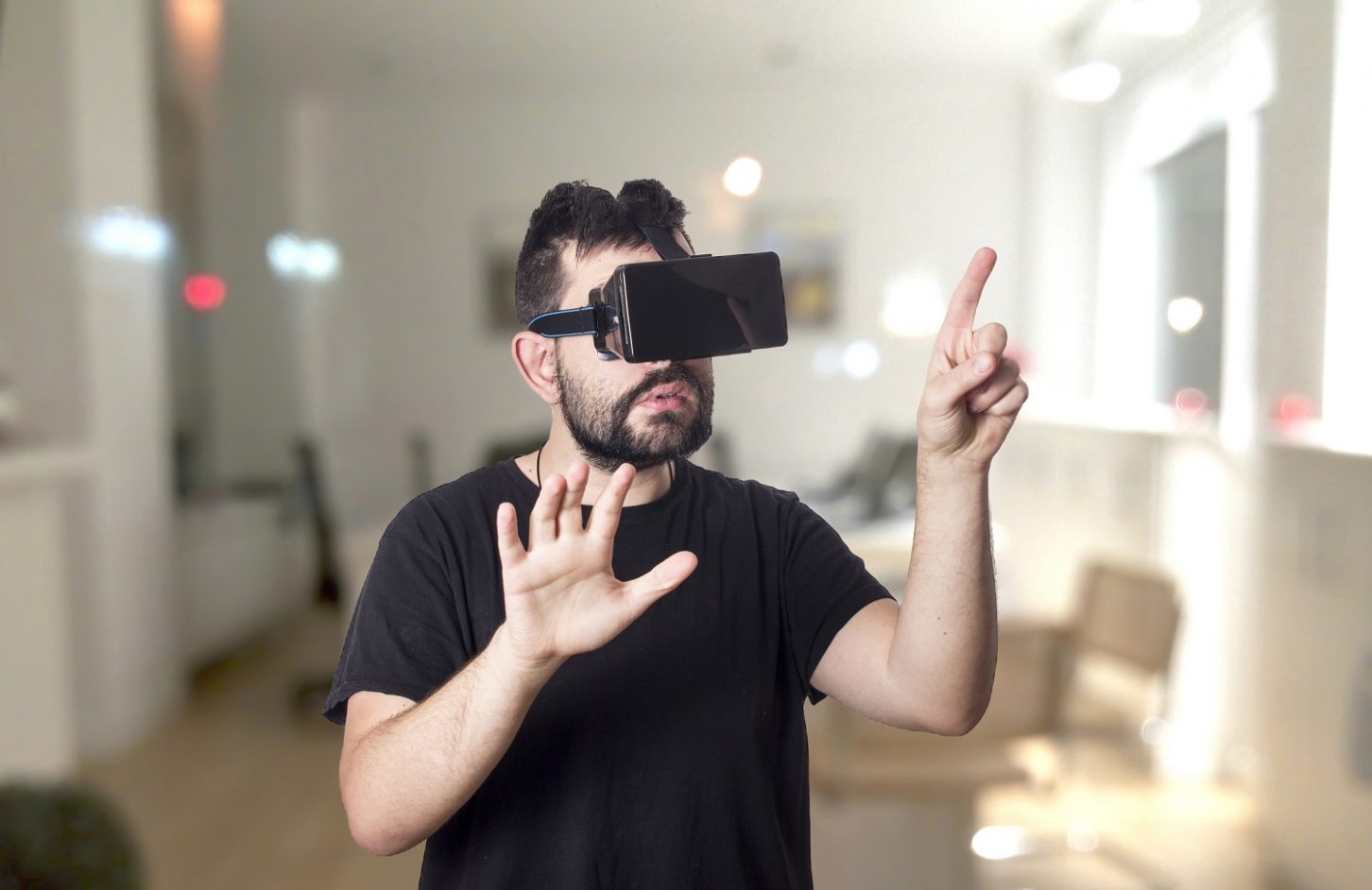Alex Mahon, chief executive officer of The Foundry, discusses the potential of virtual reality.
In the last few weeks we have seen some of the biggest names in consumer technology reveal a string of much anticipated updates to their strategies in virtual reality (VR).
Google’s Daydream was announced to a flurry of excitement and expectation at their i/o event, while Facebook has ramped up the expansion of its Oculus unit following the official release of Oculus Rift in March.
VR mania is now officially global.
This year is anticipated to be the year VR breaks out, with major new hardware launches from PlayStation to Google expected, and the interest in VR entrepreneurs in London’s tech centre is palpable.
At this early stage it is difficult to predict the true growth opportunity in VR. Huge barriers are still in the way of mass adoption—hardware, price, content, motion sickness to name a few—however analysts are forecasting big numbers.
Reports that foresee revenues growing from $90m in 2014 to $5bn in 2018 speak of a market where shrewd entrepreneurs will naturally want to take a cut of this fast growth.
Outside of games, the major opportunity lies in content creation and post-production. London has long been a home for the global post-production industry.
Whether it is the latest global blockbuster film, innovative advertising content or a newly launched immersive computer game, you can be sure that London’s post houses have been involved along the way.
The skills that film, digital and visual effects practitioners possess, as well as their knowledge of computer graphic tools, makes them an outstanding fit for VR content development.
The complexities of delivering content in this new medium lie in handling petabyte-plus volumes of pixels at outstanding levels of visual fidelity. These are the skills that the visual effects industry has been building for the last 20 years.
The VR challenge
Nonetheless, recent VR hardware launches such as Oculus Rift and HTC Vive are likely to require a few cycles before they really become mainstream.
These are the early hardware forays—we’re likely to see more sophisticated headsets enter the market in their later iterations, in turn driving wider consumer adoption in 2017 and beyond.
VR as a medium is currently focussed on the gaming market and increasingly on retail opportunities.
Historically, games creators have made the most of their visual effects expertise to make games appear more authentic.
Now, VR is in the very early stages of converging both game and narrative entertainment, with artists using game engines to build entertainment content which mixes in with live action scenes.
Virtual immersion
If you look ahead, the mass market opportunity lies in evolving the experience of a story through VR outside of gaming.
Not everyone is a devoted game player. But the majority of us are television viewers with the average TV viewing time across Europe per day at three hours and fifty-four minutes.
To reach the masses VR will need to build on these extensive viewing habits. The big names like Oculus recognise this, with its VP for Products, Nate Mitchell, having previously stated “it may well end up being that VR is more about film than games” .
Immersive entertainment will be the draw for large audiences, and the extension of film content into VR environments is natural for this.
Framestore’s Ascend The Wall immersive experience is a good example. Users were able to enter the Game of Thrones world in a 360 degree, interactive VR environment.
Elements of the TV show were employed as the experience progressed, letting viewers follow a story that they form part of themselves.
Built in a game engine, Ascend The Wall succeeded because it built a narrative within an immersive environment and featured experiential aspects such as wind blowing in your face while you climb from the edges of Castle Black.
In my experience of producing in TV, when you experiment with whether viewers really want to direct and choose in the story or simply want to be led through a narrative, we want to be told a story. We want to be entertained and to remain pretty passive whilst we are told a story.
Making linear stories work within an immersive environment successfully needs pioneers, it needs people to experiment and to create new ways to focus the narrative.
Out of this experimentalism and after a period of (no doubt) some utter rubbish, we will see the first successes and then a whole new breed of storytellers will emerge.
What we are seeing today are the first steps on a long exploration of where VR will take us. It provides the next big opportunity for content creation.
Right now, VR is a market where the majority of major players in the sector are not set up to serve the VR world, and it is this that presents a prime opportunity for our smaller entrepreneurial London startups to gain a footing.

